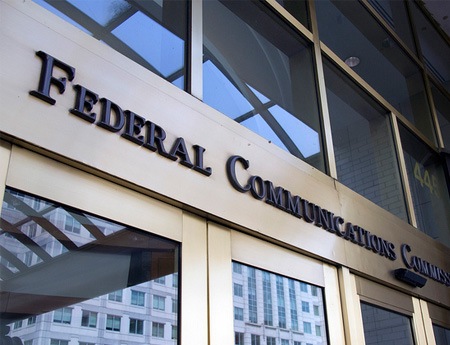FCC Speeds Reverse Auction for Stage Four

The FCC is hoping the fourth time is the charm.
The commission said Friday that it will start stage four of the reverse portion of the broadcast incentive auction Dec. 13, as planned, and when it is done that spectrum will be uniform across all markets and totally unimpaired.
The FCC is also goosing the process with shorter rounds to begin with (one hour instead of two) and will move more swiftly (starting Dec. 19) from two rounds to three rounds per day.
Related: Wireless Companies Won't Bid Up TV Spectrum
In this round, the spectrum-clearing target is 84 MHz, down from 108 MHz in stage three, 114 MHz in stage two and 126 MHz in stage one as the FCC tries to find a clearing target/price point that broadcasters and wireless companies can agree on. The auction is designed for multiple rounds.
The FCC has reset the clock price at $900*, which means that at least one station that has never bid (because the FCC froze its price at the commission's initial, highest offer, due to its value to that spectrum-clearing and repacking scenario, will now have to start accepting lower prices. That happens as the FCC reduces the amount of spectrum it is clearing and thus has more space in which to repack broadcasters.
After stage four of the reverse auction closes, that will translate to a uniform 70 MHz supply (minus guard bands) of totally unimpaired spectrum for forward auction bidders to vie for in all 416 partial economic areas (PEAs), with no stations having to be located in the wireless band or duplex gap or guard bands—as had been necessary under higher spectrum targets—which reduces the chance for post-auction interference among services and should make the spectrum more attractive.
The smarter way to stay on top of broadcasting and cable industry. Sign up below
Related: Bipartisan Bill Takes Aim at 'Disco-Era' Media Regs
In stage one in the largest markets, minus guard bands, 10 paired (5 MHz uplink, 5 downlink) blocks of spectrum were available to forward auction bidders, or a total of 100 MHz from the 126 MHZ broadcasters gave up. Stage two was nine licenses, so 90 MHz from the 114 total; stage three was eight licenses, so 80 MHz from the 108 MHz total, and now seven licenses and 70 MHz from the 84 MHz total.
The duplex gap is the spectrum buffer between wireless uplink and downlink spectrum.
Starting Dec,. 13, bidding will be in two, one-hour rounds, 10-11 a.m. and 4 p.m.-5 p.m., then go to three rounds on Dec. 19 at 10 a.m.-11 a.m., 1 p.m.-2 p,m,, and 4 p.m.-5 p.m.
Related: House Passes Veterans Broadband Access Bill
Bidding will be suspended from Dec. 23 through Jan. 2, 2017, the clearest signal yet that the auction will be extended into next year.
Stage three of the forward auction opened and closed Dec. 5 in only a single round with bidders not moving off their $22 billion collective offer, which necessitated the move to stage four.
The auction can't close until the forward auction bidders at least meet the broadcasters ask, which previously was $86 billion, then $55 billion then most recently $40 billion.
*The FCC calculates its offering price, which is lowered each round in the descending clock auction, by multiplying a figure--in this case $900--by a "volume" factor combining a station's interference-free population and the impact of its absense on repacking other stations after the auction.
Contributing editor John Eggerton has been an editor and/or writer on media regulation, legislation and policy for over four decades, including covering the FCC, FTC, Congress, the major media trade associations, and the federal courts. In addition to Multichannel News and Broadcasting + Cable, his work has appeared in Radio World, TV Technology, TV Fax, This Week in Consumer Electronics, Variety and the Encyclopedia Britannica.

